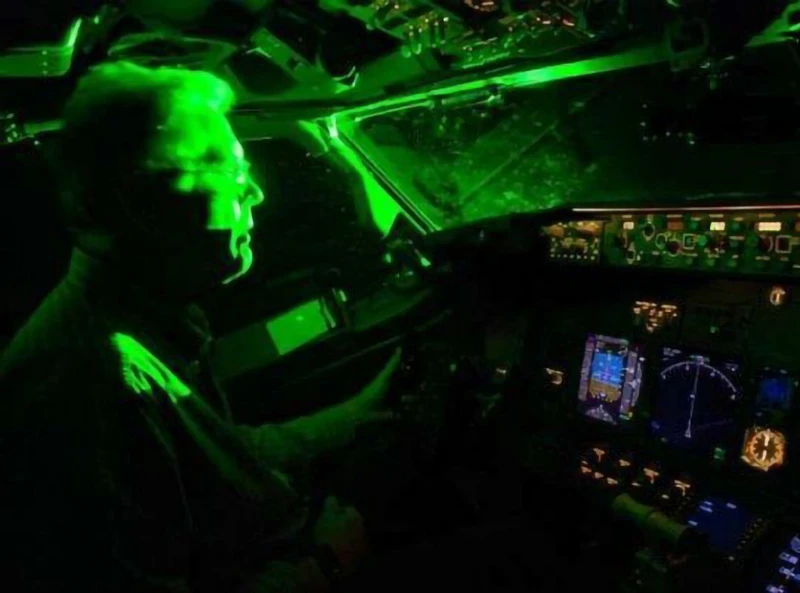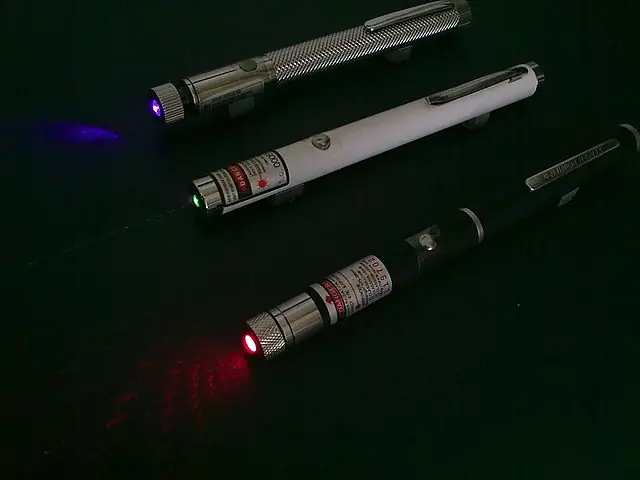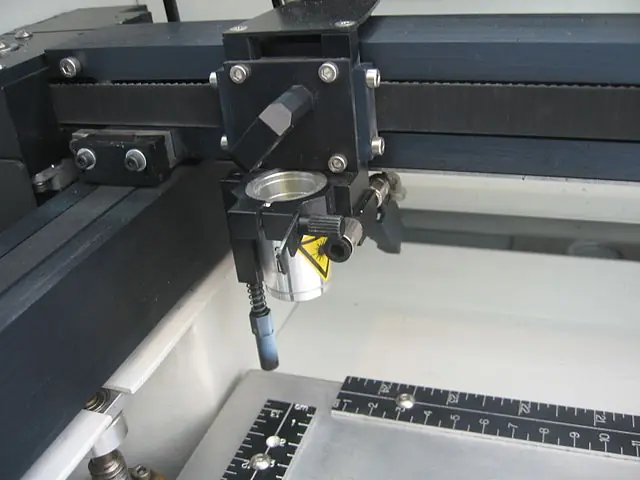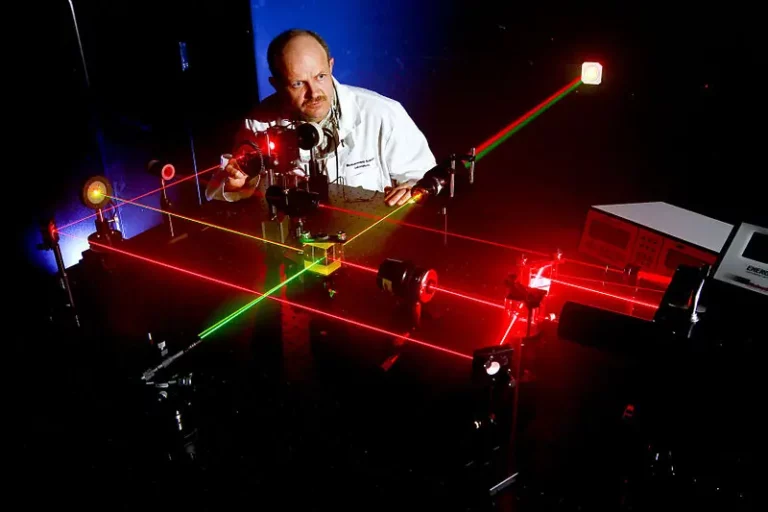Can Laser Pointers Interfere with Airplane Pilots? Investigating the Potential Dangers and Consequences

Introduction
Laser pointers, small yet powerful devices emitting concentrated beams of light, are widely used in various applications, from presentations to stargazing. However, a pressing question has arisen: Can laser pointers interfere with airplane pilots? As concerns grow over the potential impact on aviation safety, this article investigates the dangers and consequences associated with laser pointers and their potential to disrupt pilots’ vision and focus, while also exploring real-life incidents and discussing strategies to mitigate these risks.
Understanding Laser Pointers
A Closer Look at Laser Pointers
Laser pointers, which are handheld devices that emit a concentrated beam of light, come in various colors and power outputs. The specific properties of these devices determine their legal classifications and restrictions. Red, green, and blue laser pointers are the most prevalent types, with green lasers typically being the most visible due to the human eye’s sensitivity to that wavelength.
The Versatility of Laser Pointers
Although laser pointers are widely used for presentations and educational purposes, they have also found applications in other domains. Astronomy enthusiasts, for instance, use them to pinpoint celestial objects in the night sky. Furthermore, these devices have made their way into the realm of entertainment, serving as interactive toys for pets and engaging tools for hobbyists.

How Laser Laser Pointers Interfere with Airplane Pilots
Impact on Visual Acuity
Aircraft pilots may experience significant visual disturbances when exposed to laser pointers. Direct exposure to the concentrated beam of light can cause temporary flash blindness, leading to disorientation and distraction during critical flight operations. Moreover, the residual afterimages can persist in the pilot’s field of vision, further compromising their ability to navigate safely.
Factors Determining Laser Pointer Risks
Several characteristics of laser pointers can influence the degree of risk they pose to pilots. The beam divergence, which determines the widening of the beam over distance, can affect the intensity of the light reaching the cockpit. A greater beam divergence corresponds to a lower risk. Wavelength also plays a crucial role, as certain colors, such as green, are more visible to the human eye. Lastly, the power output of the laser pointer can significantly impact its potential to cause harm, with higher power levels leading to more dangerous encounters.
Real-life Incidents and Cases
Numerous incidents involving laser pointers and aircraft have been reported worldwide, with many resulting in legal consequences for the perpetrators. Authorities have taken measures to curb these occurrences, such as fines and even imprisonment for those caught targeting aircraft with lasers.
Mitigating the Risks: Strategies for Pilots and Aviation Industry
Education and Awareness Campaigns
Public awareness campaigns have been launched to educate people about the dangers and consequences of shining laser pointers at aircraft. These initiatives aim to inform the public about the potential risks to aviation safety and discourage malicious use. Furthermore, pilots receive training on how to react to laser pointer incidents, which helps minimize the potential harm and maintain control during such events.
Policy Changes and Collaboration
The aviation industry, alongside policymakers, is working on refining and implementing stricter policies governing the sale and use of high-powered laser pointers. By limiting public access to potentially dangerous devices, the risks associated with their misuse can be reduced. Additionally, collaboration between aviation and law enforcement authorities is crucial for monitoring and enforcing these rules, ensuring that those who misuse laser pointers face appropriate consequences.
Community Engagement and Reporting
Encouraging community involvement and vigilance is another essential strategy for mitigating the risks posed by laser pointers. By fostering a sense of responsibility among community members, authorities can gather valuable information on potential threats and respond accordingly. Developing reporting mechanisms and hotlines can facilitate this process, enabling concerned citizens to provide timely information to law enforcement and aviation authorities.
Conclusion
Laser pointers have the potential to endanger airplane pilots, causing distractions and visual impairment. By employing a multi-faceted approach, including education, technology, and strengthened regulations, we can address this issue and ensure aviation safety. It is the responsibility of individuals, communities, and authorities to work together to prevent laser pointer interference and keep our skies safe.




